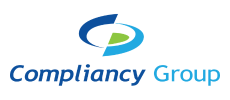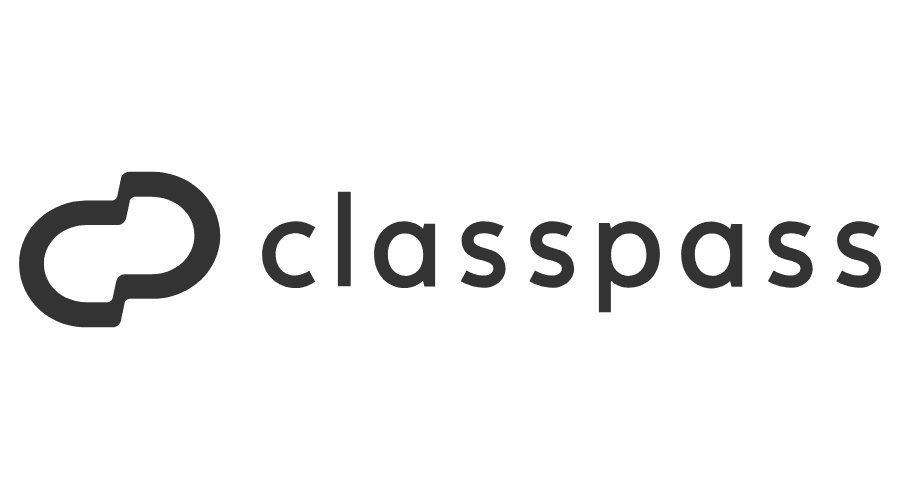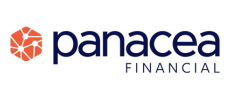CMS Highlights 2026 Final Medicare Payment Rule
CMS Modernizes Payment Accuracy and Significantly Cuts Spending Waste
CMS Modernizes Payment Accuracy and Significantly Cuts Spending Waste while Improving Chronic Disease Management for Medicare Beneficiaries
The Centers for Medicare and Medicaid Services (CMS) is increasing quality of care for Medicare beneficiaries while significantly reducing unnecessary spending and promoting payment accuracy. The calendar year (CY) 2026 Medicare Physician Fee Schedule (PFS) final rule advances primary care management through improved quality measures, reduces waste and unnecessary use of skin substitutes, and introduces a new payment model focused on improving care for chronic disease management.
“The new Medicare fee schedule delivers a major win for seniors, protects hometown doctors, and safeguards American taxpayers,” said Health and Human Services Secretary Robert F. Kennedy, Jr. “It realigns doctor incentives and helps move our country from a sick-care system to a true health care system.”
“CMS is working to strengthen and transform Medicare for the current and future generations while cracking down on waste and abuse that drives up costs,” said CMS Administrator Dr. Mehmet Oz. “The actions we are taking will improve seniors’ access to high-quality, preventive care that will help them to live longer, healthier lives.”
Modernizing Payment Accuracy
In the CY 2026 Physician Fee Schedule (PFS) final rule, CMS is finalizing a modest -2.5% efficiency adjustment to select services to better recognize that some services are likely to become more efficient over time, as compared to time-based services like office visits or behavioral health therapy. The efficiency adjustment targets services that have likely become able to be furnished more efficiently over time but still retain valuations based on outdated assumptions. Examples include surgical procedures, diagnostic imaging interpretation, outpatient interventions, interventional pain management, and orthopedic services. These tend to benefit from technological advancements or standardized workflows that reduce time and resource use, without corresponding payment adjustments. This action does not eliminate the use of American Medical Association surveys to value services altogether but rebalances the approach. Additionally, CMS is finalizing policies to utilize better data sources (e.g., data from the Hospital Outpatient Prospective Payment System) to establish relative values for certain technical services in order improve payment accuracy, promote payment predictability, and make it easier to compare rates across settings of care. These steps will further modernize Medicare’s payment systems and promote greater transparency.
“CMS is reinforcing primary care as the foundation of a better healthcare system while ensuring Medicare dollars support real value for patients, and not the kind of waste or abuse that erodes trust in the system,” said Chris Klomp, CMS Deputy Administrator and Director of the Center for Medicare. “Our goal is simple: deliver better outcomes for patients and be wise stewards of the taxpayer resources that make Medicare possible.”
Reducing Medicare Spending Waste for Skin Substitutes
Medicare spending on wound care products known as “skin substitutes” has had unprecedented growth, rising from $256 million in 2019 to over $10 billion in 2024, according to Medicare Part B claims data. This dramatic spending increase is largely attributed to abusive pricing practices in the sector, including the use of products with limited evidence of clinical value. Current prices can reach more than $2,000 per square centimeter. In 2025, the CMS Fraud Defense Operations Center (FDOC) stopped nearly $185 million in improper payments to suspect providers billing for skin substitutes. In one notable case identified in September 2025, the FDOC stopped more than $4.3 million in suspected improper payments submitted by a medical group practice. Virtually all of the $4.3 million was for wound care services purportedly provided to a single beneficiary who lacked evidence of prior wound treatment. CMS currently treats skin substitutes as biologicals for the purposes of Medicare payment. In the CY 2026 PFS final rule, CMS will pay for skin substitutes under the PFS as incident-to supplies, a change expected to reduce Medicare spending on these products by nearly 90% without compromising patient access or quality of care. We estimate this action will reduce gross fee-for-service program spending for skin substitute services by $19.6 billion in 2026, while incentivizing the use of products with the most clinical evidence of success.
Shifting the Healthcare Paradigm to Prevention and Wellness
CMS is aligning with Health and Human Services Secretary Robert F. Kennedy Jr.’s Make America Healthy Again agenda by repurposing a previous risk assessment code to focus on essential patient behaviors to reduce chronic disease and improve health – physical activity and nutrition. CMS is also improving the care of chronic diseases by ensuring advanced primary care management services are able to integrate behavioral health. Finally, we are shifting our focus in quality measurement towards prevention-focused measures by introducing five new outcomes measures focused on the prevention of chronic disease – while simultaneously working to reduce unnecessary burden in quality reporting by removing ten quality measures that did not directly improve patient health outcomes. CMS is also finalizing changes to the Medicare Diabetes Prevention Program which will allow more people with Medicare to access coaching, peer support, and practical training in dietary change, physical activity, and behavior change strategies to delay or prevent the onset of Type 2 diabetes for people with prediabetes, at no cost to the beneficiary.
New Payment Model to Improve the Upstream Management of High-Cost Chronic Conditions
CMS is finalizing the new Ambulatory Specialty Model, a mandatory payment model focused on specialty care for beneficiaries with heart failure and low back pain – significant areas of Medicare spending. The model aims to enhance the quality of care and reduce low-value care by improving beneficiary and provider engagement, incentivizing preventive care, and increasing financial accountability for specialists. This model rewards specialists who detect signs of worsening chronic conditions early, enhance patients’ function, reduce avoidable hospitalizations, and use technology that allows them to communicate and share data electronically with patients and their primary care providers. The model will begin in January 2027 and run for five performance years through December 2031.
For a fact sheet on the CY 2026 Physician Fee Schedule final rule, visit: https://www.cms.gov/newsroom/fact-sheets/calendar-year-cy-2026-medicare-physician-fee-schedule-final-rule-cms-1832-f.
For a fact sheet on the Medicare Shared Savings Program changes in the CY 2026 PFS final rule, visit: https://www.cms.gov/newsroom/fact-sheets/calendar-year-cy-2026-medicare-physician-fee-schedule-final-rule-cms-1832-f-medicare-shared-savings.
To view the Ambulatory Specialty Model (ASM), visit: https://www.cms.gov/priorities/innovation/innovation-models/asm.
To view the CY 2026 PFS final rule, visit: https://www.federalregister.gov/d/2025-19787.

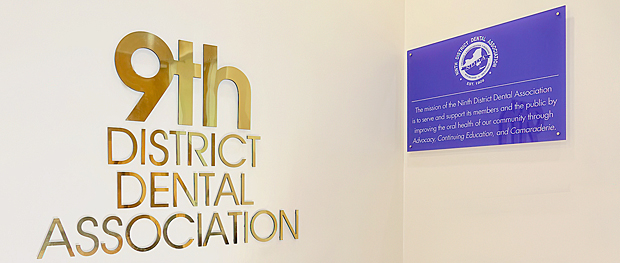


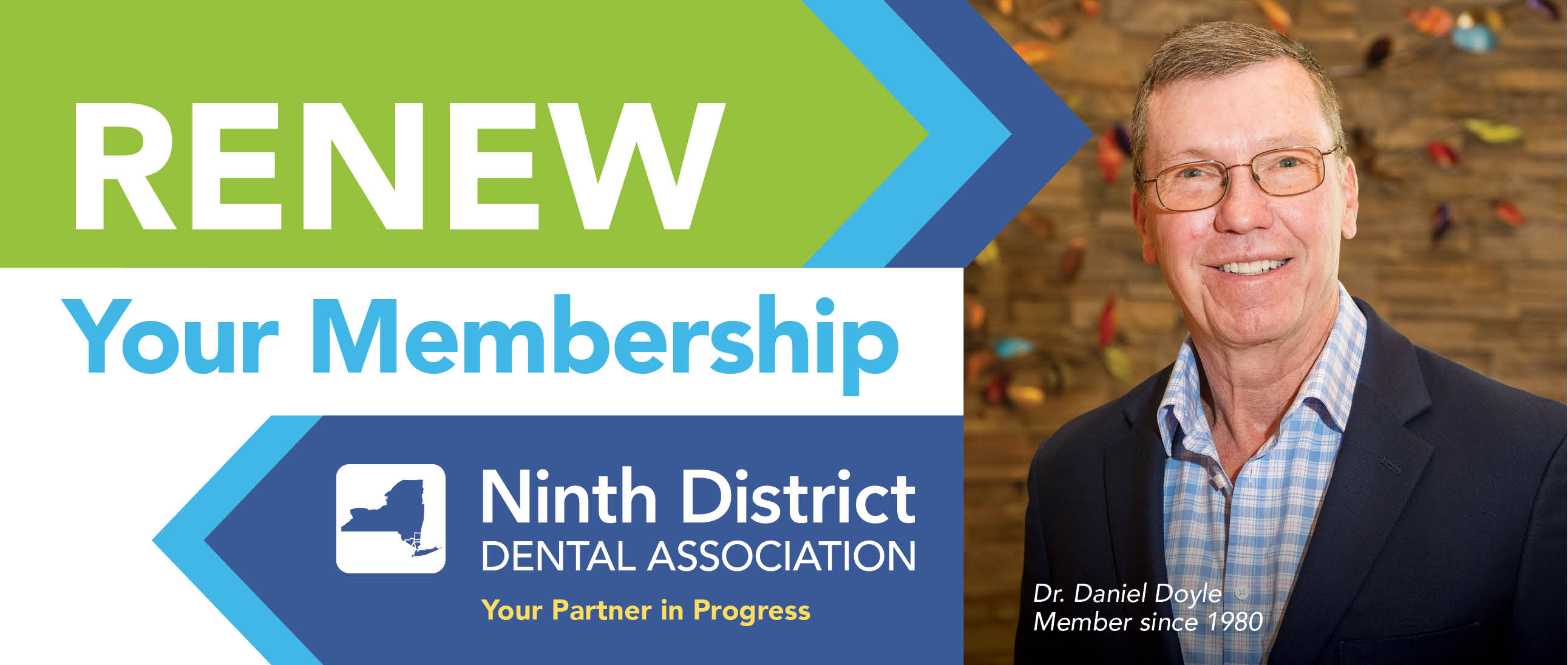




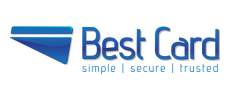

.png?sfvrsn=4447de7f_1)










